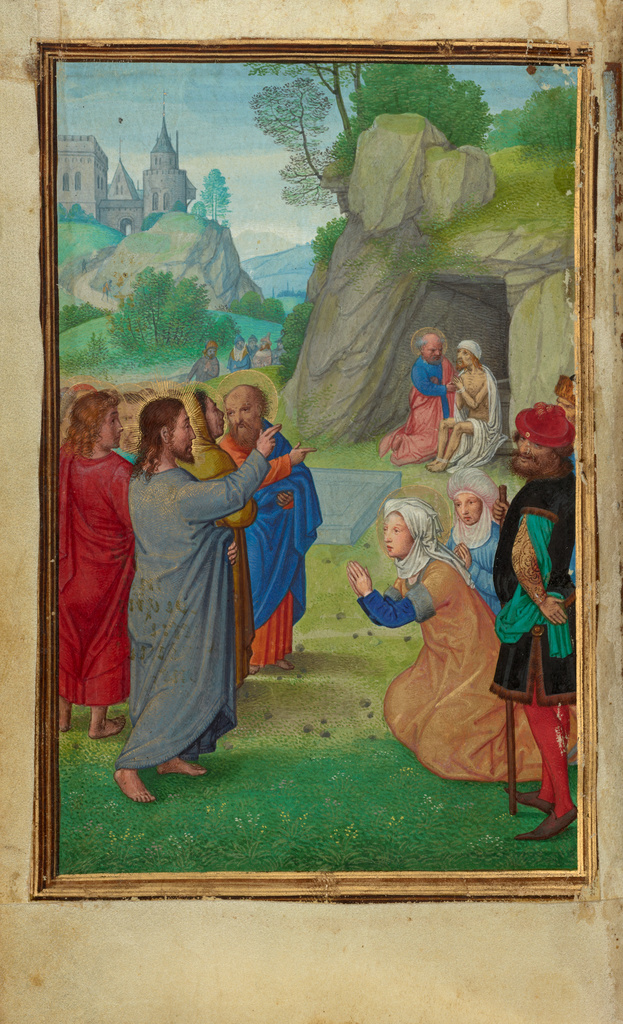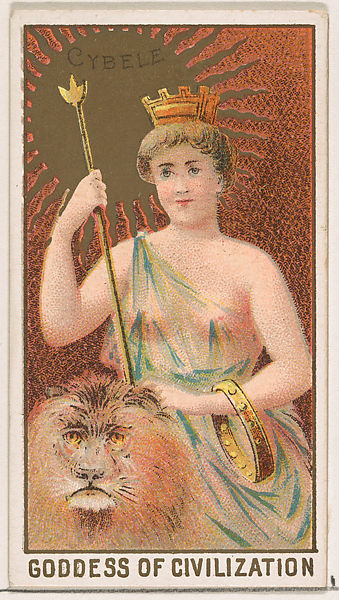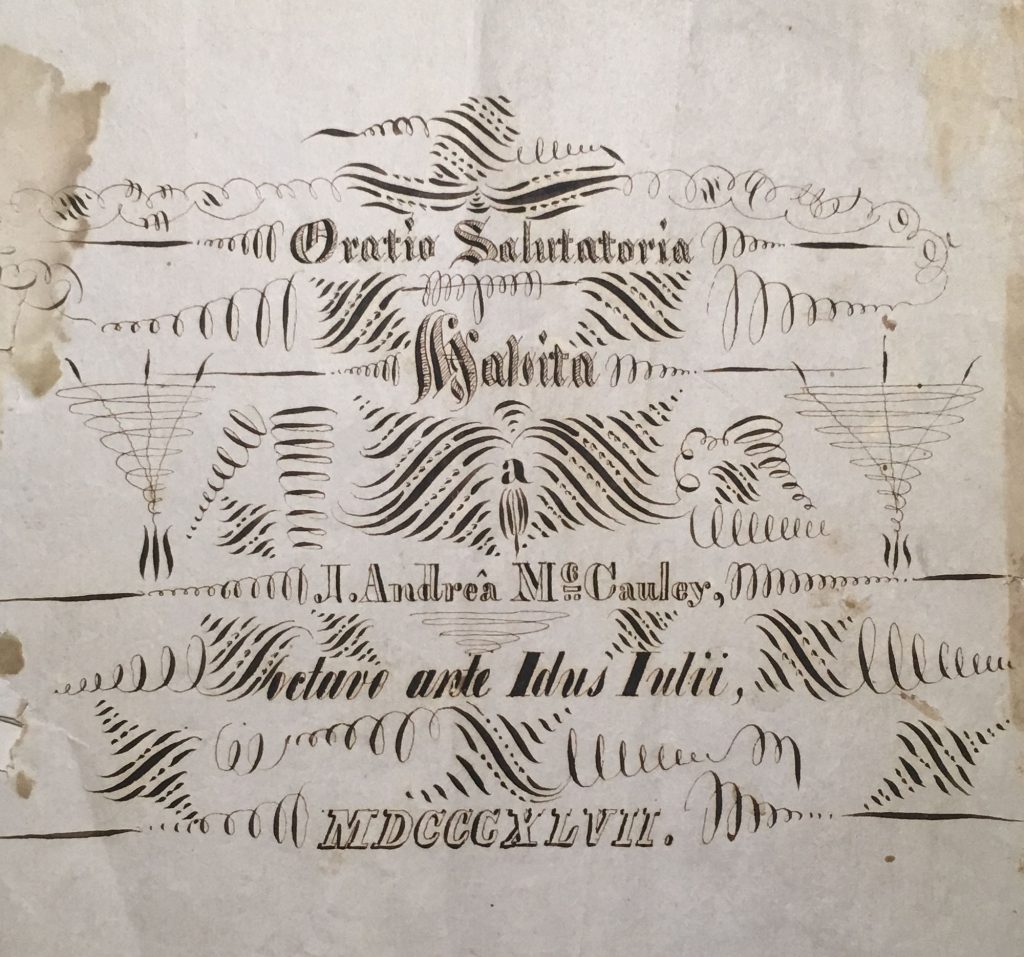Elizabeth Jane Weston (1582-1612) was one of the most accomplished Latin poets of the early modern period. Among her published works is a collection of Aesopic fables rendered into Latin elegiac couplets. Jocelyn Wright (Dickinson ’23) edits, translates, and discusses one of them here, “The Lion and the Frog,” comparing it to Greek and Medieval Latin versions of the same fable.
Leo et Rana (The Lion and the Frog)
From Elizabeth Jane Weston, Parthenica (Prague: Paulus Sessius, ca. 1606) vol. 2, fol. B6a.
Vox Ranae fuerat delapsa Leonis ad aures,
ranae, quae in pigro garrit inepta lacu.
Ille diu attonitus, nescit quae bestia rauco
quodve animal tantos evomat ore sonos.
Exserit at tandem faucem ambitiosa loquacem;
saltat, et in sicco voce coaxat agro.
Quam Leo cum voltu spectarat forte superbo,
advolat et querulam protinus ungue terit.
Adapted from Cheney et al., 2000, p. 146, II.85
English Translation
The voice of a Frog had fallen to the ears of a Lion;
of a frog who croaks, tasteless, in a still lake.
He, terrified for a long time, does not know what beast or what animal
is vomiting forth such great sounds from a hoarse mouth.
But finally she thrusts out her croaking throat, ostentatious;
she hops, and croaks with her voice in a dry field.
When the Lion by chance had seen her, with a proud face,
he approaches and crushes the chattering one at once with a claw.
Vocabulary & Notes
1 rāna rānae 1f. frog
dēlābor dēlābī dēlāpsus fall. Take this together with fuerat
leo leonis 3m. lion
2 piger pigra pigrum still, slow-moving. Agrees with lacu
garriō garrīre chatter, croak
ineptus inepta ineptum impertinent, tasteless. Agrees with the subject of the sentence
lacus lacūs 4m. lake, pond
3 attonitus attonita attonitum terrified. Participle from attono (ad + tono) thunder at
bestia bestiae 1f. beast
raucus rauca raucum hoarse. Agrees with ore
4 ēvomō ēvomere ēvomuī ēvomitum spew out, vomit forth
fauces faucium 3f. pl. throat, gullet. Usually only plural, but here is singular accusative
ambitiōsus ambitiōsa ambitiōsum ostentatious
loquāx loquācis croaking
6 saltō, saltāre dance, hop
in governs agro
siccus sicca siccum dry. Agrees with agro
coaxō coaxāre croak. Note the onomatopoeia
8 advolō advolāre (ad + volō) run to
querulus querula querulum croaking
unguis unguis 3m. claw
terō terere trīvī trītum crush
SimilarAesopic Fables:
Λέων καὶ Βάτραχος
Greek text from K. Halm, Fabulae Aesopicae Collectae (Leipzig: Teubner, 1854), p. 121, #248
Λέων, ἀκούσας ποτὲ βατράχου μέγα βοῶντος, ἐπεστράφη πρὸς τὴν φωνὴν, οἰόμενος μέγα τι ζῶον εἶναι. Προσμείνας δὲ μικρὸν, ὡς εἶδεν αὐτὸν προελθόντα τῆς λίμνης, προσελθὼν αὐτὸν κατεπάτησεν.
Ὁ λόγος δηλοῖ, ὅτι οὐ δεῖ πρὸ τῆς ὄψεως δι’ ἀκοῆς μόνης ταράττεσθαι.
A lion, once hearing a frog croaking loudly, turned himself towards the sound, supposing it to be some great beast. But having waited a little, as he saw him coming out of the lake, advancing he trampled him underfoot.
The story makes clear, that one must not be troubled by only a sound before the sight.
Alternate Version
Greek text from K. Halm, Fabulae Aesopicae Collectae (Leipzig: Teubner, 1854), p. 121, #248b
Λέων ἀκούσας βατράχου κεκραγότος, ἐπεστράφη πρὸς τὴν φωνὴν, οἰόμενος μέγα τι ζῶον εἶναι· προσμείνας δὲ μικρὸν χρόνον, ὡς ἐθεάσατο αὐτὸν ἀπὸ τῆς λίμνης ἐξελθόντα, προσελθῶν κατεπάτησεν, εἰπών· “μηδένα ἀκοὴ ταραττέτω πρὸ τῆς θέας.”
Ὁ λόγος εὔχαιρος πρὸς ἄνδρα γλωσσώδη, οὐδὲν πλέον τοῦ λαλεῖν δυνάμενον.
A lion, hearing a frog croaking, turned himself towards the sound, supposing it to be some great beast; but having waited a short time, as he saw him coming out of the lake, approaching he trampled him underfoot, saying: “Let no one be troubled by a sound before the sight.”
The story is timely for a talkative man, able to do nothing more than babble.
Rana et Leo
Latin text from Laura Gibbs, Mille Fabulae et Una: 1001 Aesop’s Fables in Latin (Morrisville, NC: Lulu Publishers, 2010), #600, p. 191. Gibbs translated this from the Greek in Fabulae Aesopicae, ed. F. De Furia. 1810 (De Furia 90). This fable is Perry index #141.
Ranam magna vi crocitantem cum leo olim audisset, ad eam vocem protinus sese convertit, magnum aliquod animal esse arbitratus. Paulisper itaque cum substitisset, ubi illam ex palude prodeuntem adspexit, accedens illico proculcavit, haec intra se aiens, “Neminem, re nondum perspecta, vox audita conturbet; nec quispiam, antequam viderit, ab ullo deterreatur.”
Once when a lion had heard a frog croaking with great vigor, right away he turned himself to her voice, supposing it to be some great beast. And so after he had stopped for a little while, when he caught sight of her appearing out of the marsh, approaching he immediately trampled her, saying these words to himself, “No one should be disturbed by a voice having been heard, the thing not yet having been seen; nor should anyone be frightened off by anything, before he has seen it.”
Discussion
Elizabeth Jane Weston was a notable poet of the Neo-Latin tradition and the only female Neo-Latin poet to have a collection of her writings published. Though she has since faded into relative obscurity, her writing was well-known in her lifetime (Cheney et al. 2000: xi). One collection of her works, entitled the Parthenica, was published in the early seventeenth century and included several Latin translations of a much older tradition, the ancient Greek Aesopic fables. The fable featured here, “Leo ac Rana,” tells the story of a lion who is frightened by a frog’s loud croaking, until he sees that the sound is only coming from a frog and crushes it underfoot. The moral as stated by the lion in the fable is to not be frightened by a sound alone before seeing the thing for itself. In other words, first appearances can be deceiving, and often the things we fear turn out in the end to not be so bad after all.
The original ancient Greek Aesopic fable actually had two different versions. Both tell the same story as Weston’s version, but the intended recipient of the overall message is different. The first version (Halm, 1852, p. 121, #248) is addressed to the lions of the world, telling them not to be bothered by the voices of tasteless critics. The second version (Halm, 1852, p. 121, #248b), however, is written to the frogs, men who can do nothing more than babble (note the rare word γλωσσώδη, “talkative” or “babbling,” and λαλεῖν, “babble” or “speak childishly”). The overall message does remain the same, but this version serves as a warning to the “frogs” instead of reassurance to the “lions.”
With a choice between two existing versions of the same story, Weston chose that aimed towards the “lions” or powerful people of the world. This may seem surprising at first, given Weston was not a powerful person and grew up in poverty (Cheney et al. 2000: xi-xiii). Her father was in prison for killing a member of the royal court in Prague, and throughout the course of her writings her beloved brother and mother both passed away. However, she did have close connections with many powerful people, including aristocrat Georg Martinius von Baldhoven. Baldhoven was a tireless supporter of Weston and her work and was responsible for the publication of her works. She also had connections with the royal court for whom her father once worked, including King Rudolf himself. Many of her writings were addressed directly to members of this court, who often helped to support her and her family after her father’s imprisonment. “Leo ac Rana” may have been written not only to keep the Aesopic tradition alive through her own Neo-Latin writing, but also as a message of reassurance to one or some of the powerful people with whom she was affiliated. This could have been Baldhoven, a member of the royal court, or perhaps even Rudolf.
One should also consider the possibility that Weston chose this particular fable to translate because of all the hardships she had to endure throughout her life. She wrote poems and letters describing her poverty, the death of her brother and mother, and her father’s stay in prison. Throughout these terrible circumstances, she found comfort in her writing and in her religion. Perhaps to her, these things were adjacent to the lion’s realization that the awesome noise was only coming from a frog. She initially feared and despaired of her fate, but was able to reassure herself with the knowledge that everything would be okay in the end. For example, she wrote after her brother’s death that she must say farewell “forever […] until I follow with my mother through the heavenly summits” (Cheney et al. 2000: 56–57, Parthenica I.28). Despite using the word “forever,” she acknowledged immediately after that this separation from her brother was impermanent. While she would undoubtedly mourn, his death was not as horrible to her as it would first appear, because she knew she would be reunited with him eventually.
Along with choosing one of two morals presented in the original Greek versions of the fable, Weston made certain word choices which emphasized her own unique take on the story and its meaning. Her translation can be compared not only with the Greek but also with an alternative Medieval Latin, as collected by Laura Gibbs (2010). First, Weston added new adjectives and verbs characterizing the frog which were not present in the Greek or in Gibbs’ version, including garrit (“chattering”), inepta (“impertinent” or “tasteless”), evomat (“spewing out” or “vomiting forth”), and ambitiosa (“ostentatious”) (Cheney et al. 2000: 146, II.85). The frog in the first Greek version of the fable (Halm, 1852, p. 121, #248) and in Gibbs’ translation was given essentially no characterization, and this addition subtly but quite dramatically changes the tone of the story and therefore its moral. In the Greek and Gibbs’ translation, the frog is simply loud but not a threat. In Weston’s version, however, the frog is depicted as tasteless and an annoyance, chattering away stupidly. This is more similar to the alternative version of the Greek (Halm, 1852, p. 121, #248b) which directly points out the comparison of the frog to a babbling man or someone who is all talk.
Second, Weston described the lion as proud (Latin superbus), a detail which all three other versions of the fable left out. This could be a compliment to Baldhoven or Rudolf or whichever powerful person Weston may have presented this to, or a reminder to that person to maintain their pride even when confronted with a loud and obnoxious critic. This could also potentially refer to Weston herself, having to maintain her pride as an ambitious woman and poet as she crushed seemingly insurmountable obstacles on her way to self-sufficiency and fame. She knew all about overcoming challenges while remaining proud, and her fierce drive enabled her to look past the initial appearance of her difficulties and find ways to overcome them and reach the success she knew she was capable of.
Third, Weston makes it clear in her translation that the lion is originally terrified (Latin attonitus) by the frog’s croaking, while this is never outright specified in Gibbs’ or the Greek. This further magnified the distinction between the lion’s initial response (shock or fear) and final action (trampling the frog), and emphasized the lion’s first reaction to the noise. At first encounter, a critic or obstacle can seem much worse than it actually is.
Finally, Weston makes one type of word choice which does not change the meaning of the story but does emphasize her own unique flair for storytelling. Weston’s translation is sprinkled with onomatopoeia, adding a whimsical feel to the story with words describing the frog’s croaking: garrit, loquacem, coaxat. She also adds the playful word saltat (“hops”) to describe the frog’s movement.
Overall, whether it was meant for the lions or the frogs of the world, whether it was written to Baldhoven or royalty or herself, Weston’s “Leo ac Rana” has a message applicable to all of us today: don’t be deterred when something seems insurmountable at first, and don’t be bothered by tasteless, babbling critics. (Alternatively, don’t be a tasteless, babbling critic yourself.)
References
Cheney, D., Hosington, B. M., & Money, D. (2000). Elizabeth Jane Weston: Collected writings. University of Toronto Press.
Gibbs, L. (2010). Mille fabulae et una: 1001 Aesop’s fables in Latin. Lulu Publishers.
Halm, Karl. (1852). Aisōpeiōn mythōn synagōge: Fabulae Aesopicae collectae. Lipsiae: Sumptibus et Typis B.G. Teubneri.
This edition was completed as the final project for Latin 234: Ovid, taught by Christopher Francese in Spring 2021. Prof. Francese modernized the Latin orthography.



